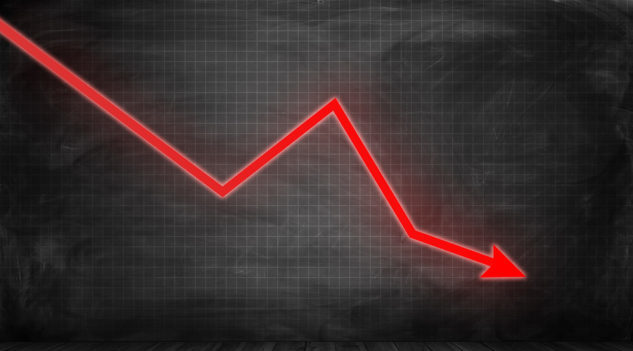The latest edition of the Employment Hero SME Index reveals that wages in Australia’s SME sector have declined month-on-month (MoM) for the first time in six months, an indicator that further rate rises in the near term to lower inflation are unnecessary.
Overall, the monthly median hourly rate decreased by -0.3 per cent from October to November, with the exceptions being South Australia (0.1 per cent), Victoria (0.2 per cent), and Tasmania (0.3 per cent) that had an increase in the median hourly rate MoM. In addition, smaller enterprises saw a 0.6 per cent increase while medium and larger enterprises dropped by -0.4 per cent and -1.4 per cent, respectively.
In detail, some industries saw a significant MoM drop in wages such as Healthcare and Community Services (-0.7 per cent); Science, Information and Communication Technology (-0.5 per cent), and Manufacturing, Transport, and Logistics (-0.4 per cent).
In terms of age brackets, MoM median rates increased by 0.3 per cent among 18-24-year-olds and decreased by -0.01 per cent among 25-64-year-olds. Median rates for Under 18-year-olds saw a 0.6 per cent increase as 65+-year-olds remained unchanged. The median hourly rate for employees working in Australian SMEs is now $37.77, $0.19 less than the previous month.
Average employee growth has increased only marginally (0.04 per cent) MoM within the SME sector, with growth varying across states and territories. SMEs in the Northern Territory saw the biggest decline at -0.2 per cent, while the Australian Capital Territory and Queensland saw a decrease of -0.1 per cent. SMEs in Victoria showed a 0.04 per cent rise, while Tasmania, New South Wales, and West Australia experienced an increase of 0.1 per cent. SMEs in South Australia saw the largest monthly increase of 0.2 per cent.
Employee growth also varied among industries from October to November. SMEs in Construction and Trade Services and Science, Information and Communication Technology decreased by -0.01 per cent. Healthcare and Community Services and Manufacturing, Transport and Logistics increased by 0.1 per cent. SMEs in Retail, Hospitality and Tourism increased the most at 0.2 per cent.
“After months of slowing, wages in Australia’s SME sector have decreased for the first time in six months,” Ben Thompson, Co-founder and CEO of Employment Hero, commented. “As the data shows wage growth is flattening to align with inflation, the RBA must consider halting interest rate increases for at least the near term.
“This critical alignment of wage growth with inflation and an ongoing decline or slowing of average employee growth in SMEs marks a potential turning point in the nation’s economic trajectory,” Thompson added. “Our data indicates that the economy will continue to cool off as we head into 2024 and it is likely mid-next year, we’ll see SMEs cutting back on hiring and growth plans as the economy potentially enters a small recession.”
The index also notes that although median hours worked slightly increased by 1.3 per cent year-on-year (YoY) across Australian SMEs, most industries recorded a YoY decline except for Science, Information, and Communication Technology, which saw no change. The Retail, Hospitality, and Tourism sectors saw the most significant dip YoY at -1.4 per cent and quarterly at -3.2 per cent, an indication that workers in these industries are receiving fewer hours compared to last year, which is speculated to be a response to weakened in-store foot traffic.















